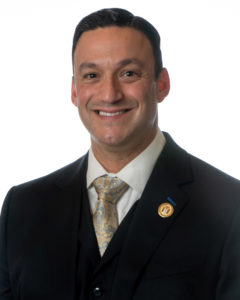A new report out from Education Next asks whether “classroom observations—when performed by trained professionals external to the school, using an extensive set of standards—could identify teaching practices likely to raise achievement.” The authors, Thomas J. Kane, Eric S. Taylor, John H. Tyler and Amy L. Wooten (from Harvard, Stanford, and Brown) examined data from Cincinnati Public Schools. The school system, they say, offers “a rare example of a high-quality evaluation program based on classroom observations.” It’s used for first-year teachers, in the year leading up to tenure approval, and every fifth year after that.
The rubric for the Teacher Evaluation System (TES) includes four domains: Creating an Environment for Student Learning, Teaching for Student Learning, Teacher Planning, and Professional Contributions Outside the Classroom. This value-added model uses multiple measures – i.e., not just student test scores – and includes a portfolio assembled by the teacher. The authors conclude that “teachers’ classroom practices, as measured by TES scores, do predict differences in student achievement growth.” See the full report here.


